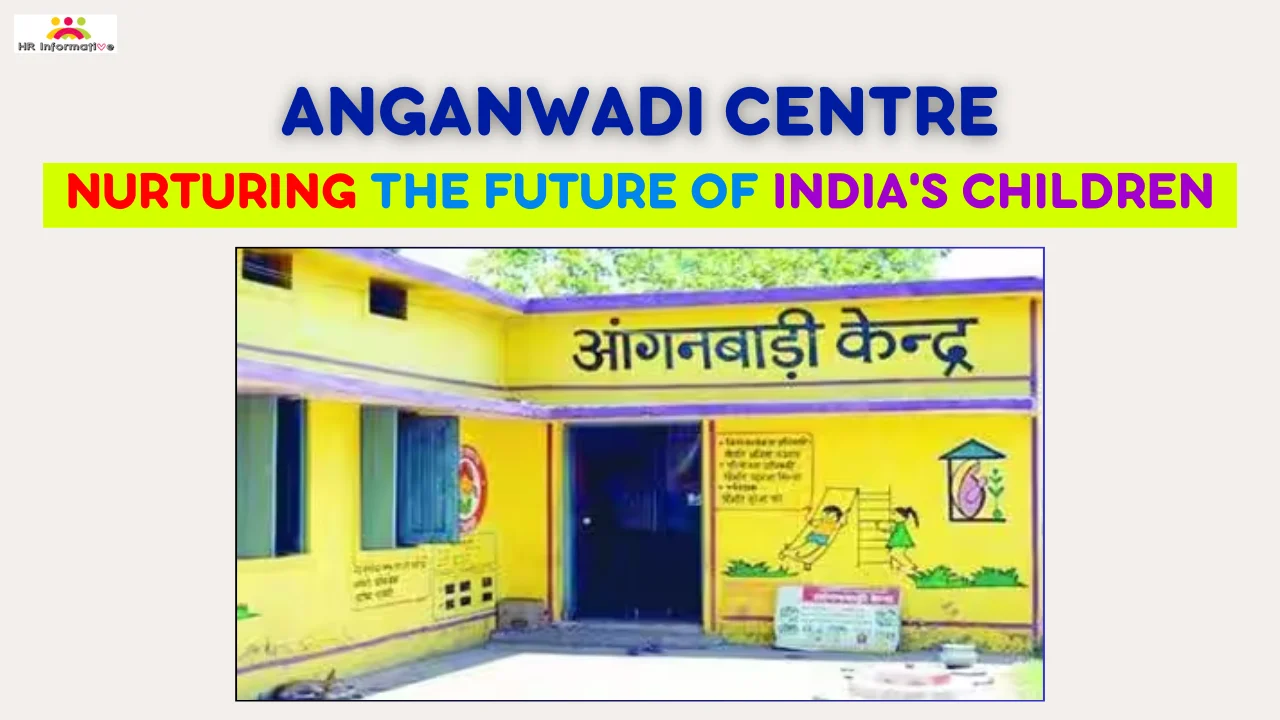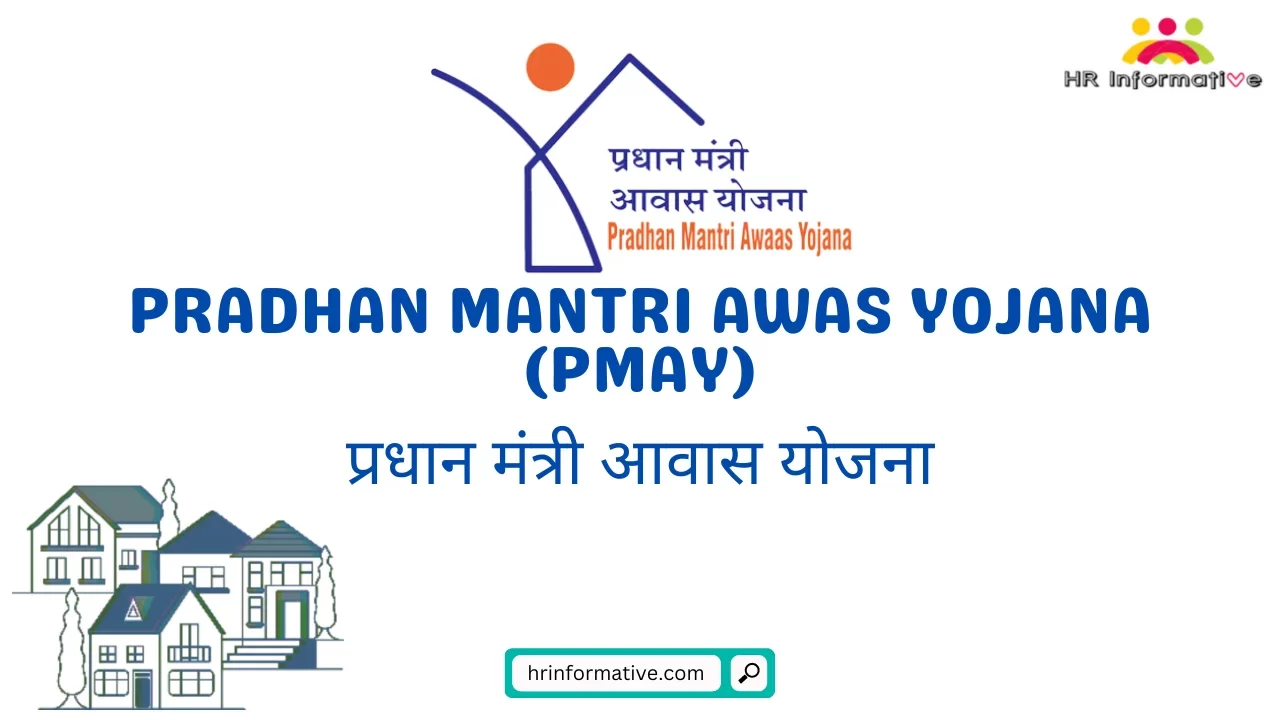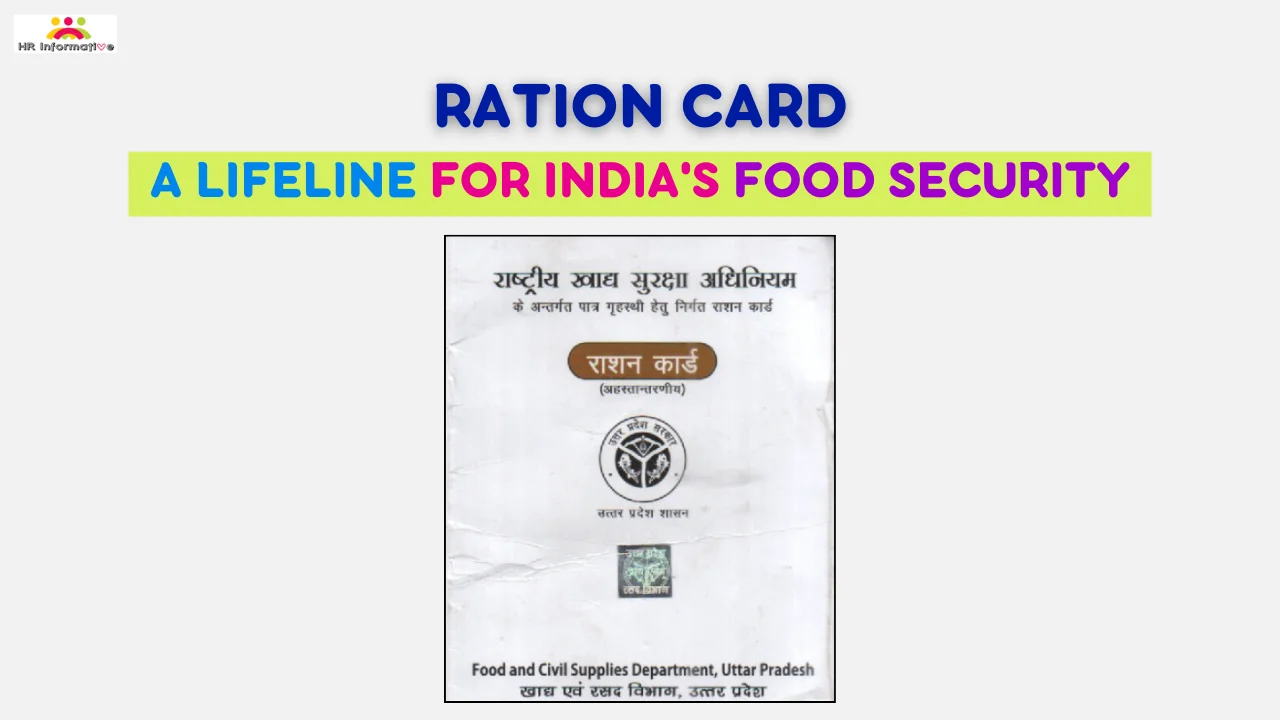The Minimum Support Price (MSP) is a government-declared guaranteed price for specified agricultural produce in India. It acts as a safety net for farmers, assuring them a minimum income in case market prices fall below a certain level. This complex policy, implemented since 1966, has sparked countless debates and continues to evolve in the face of changing economic and political landscapes. This article delves into the intricate details of MSP, exploring its history, objectives, implementation, procurement process, name of MSP crops, MSP calculation, criticisms, and ongoing discussions.
What is MSP
The MSP is a pre-determined minimum price announced by the Government of India at the beginning of each sowing season for select agricultural crops. It essentially serves as a guarantee that if the market price falls below the MSP, the government will step in and purchase the produce from farmers at the declared MSP. This protects farmers from distress sales during periods of surplus production or market crashes.
History of MSP
The seeds of MSP were sown in the aftermath of India’s independence when food shortages were rampant. To incentivize farmers and ensure food security, the government introduced MSP in 1966, initially for wheat and paddy. Over the years, the list of covered crops expanded to include 22 mandated crops like pulses, oilseeds, and cotton.
Objectives of MSP
The primary objectives of MSP are:
- Protecting Farmers: MSP acts as a shield against volatile market prices, preventing distress sales and ensuring minimum income for farmers.
- Encouraging Crop Production: By guaranteeing a minimum price, MSP incentivizes farmers to cultivate essential food crops, contributing to national food security.
- Price Stabilization: MSP aims to stabilize market prices, preventing excessive fluctuations that harm both farmers and consumers.
- Promoting Agricultural Development: The policy aims to encourage investment in agriculture and promote modern farming practices by providing a sense of security to farmers.
MSP Implementation Mechanism
MSP is announced by the government at the beginning of each sowing season based on recommendations from the Commission for Agricultural Costs and Prices (CACP). The CACP factors in various costs incurred by farmers, including input costs, labor charges, and a profit margin, while considering market demand and supply.
The primary agencies responsible for implementing MSP are:
- Food Corporation of India (FCI): FCI is the main agency for procurement of wheat and paddy at MSP, directly purchasing from farmers or through designated mandis (market yards).
- State Governments: States play a crucial role in procuring other MSP-covered crops through their own procurement agencies or by collaborating with FCI.
- Market Intervention Scheme (MIS): This scheme allows states to procure additional quantities of certain crops at MSP when market prices fall below a threshold.
MSP Procurement Process
MSP procurement is both decentralized and dispersed to facilitate the participation of farmers. Each State designates certain markets and godowns at mandi premises, factories, mills, etc. as procurement centers. Farmers are required to bring the produce to these centers on specific days for competitive bidding by authorized government agents and agencies. If prices quoted are below MSP for FAQ (Fair Average Quality) quality, farmers are paid MSP rates. Procurement is also done directly from farmers’ fields in some cases like paddy. Payment is made electronically into farmers’ bank accounts within 3 days.
Crops under MSP
The government announces minimum support prices (MSPs) for 22 mandated crops, along with a fair and remunerative price (FRP) for sugarcane. These crops include 14 crops from the kharif season, 6 from the rabi season, and two other commercial crops. Additionally, the MSPs for toria and de-husked coconut are determined based on the MSPs of rapeseed/mustard and copra, respectively. The list of crops is as follows:
Cereals (7): Paddy, Wheat, Barley, Jowar, Bajra, Maize, and Ragi
Pulses (5): Gram, Arhar/Tur, Moong, Urad, and Lentil
Oilseeds (8): Groundnut, Rapeseed/Mustard, Toria, Soybean, Sunflower Seed, Sesame, Safflower Seed, and Nigerseed
Other Crops: Raw Cotton, Raw Jute, Copra, De-Husked Coconut, and Virginia Flu Cured (VFC) Tobacco
How is MSP Calculated
The calculation of Minimum Support Price (MSP) in India involves several factors and considerations. Here’s a breakdown of the main steps:
1. Cost of Production
The Commission for Agricultural Costs and Prices (CACP) considers three different cost structures:
- A2: Includes actual paid-out expenses incurred by farmers like seeds, fertilizers, pesticides, hired labor, etc.
- A2 + FL: Adds the imputed value of unpaid family labor to A2 costs, acknowledging the contribution of family members in farming activities.
- C2: Includes all expenses in A2 + FL, plus rent and interest on owned land and capital, reflecting a more comprehensive cost picture.
Abbreviation : A2 – Actual Paid Out Cost, FL – Family Labour, C2 – Comprehensive Cost
2. Mark-up on Costs
- The government currently uses the A2 + FL cost structure as the basis for MSP calculations.
- To ensure a reasonable profit margin for farmers, a mark-up of 3% is added to the A2 + FL cost.
3. Market Considerations
While cost of production forms the foundation, MSP is not solely determined by it. CACP also considers several market-related factors:
- Market Prices and Trends: Both domestic and international prices of the crop are analyzed to gauge market dynamics.
- Demand and Supply: CACP assesses the balance between demand and supply for the specific crop to avoid overproduction or market distortions.
- International Trade Agreements and Commitments: India’s obligations under international trade agreements can influence MSP decisions.
4. Final MSP
- Taking all the above factors into account, CACP recommends an MSP that is at least 1.5 times the A2 + FL cost with a 3% mark-up.
- However, the final decision on MSP rests with the Cabinet Committee on Economic Affairs (CCEA), which can accept, modify, or reject the CACP recommendation.
Criticisms and Challenges
Despite its intentions, MSP faces several criticisms and challenges:
- Limited Reach: Not all farmers benefit from MSP, as procurement often falls short of announced targets, particularly for non-cereal crops.
- Fiscal Burden: The government incurs significant costs in procuring and storing large quantities of grains, raising concerns about fiscal sustainability.
- Market Distortion: Critics argue that MSP incentivizes overproduction of certain crops, leading to market distortions and potential gluts.
- Inefficient Procurement: The current procurement system is often deemed inefficient, leading to delays in payments and storage issues.
- Alternative Support: There are ongoing debates on alternative methods to support farmers, such as direct income transfer schemes or improved market access.
Ongoing Discussions and Reforms
Recognizing the limitations of the current system, the government has initiated various reforms:
- E-NAM: The electronic National Agriculture Market (e-NAM) platform aims to improve market access and transparency for farmers.
- Shifting Focus: The government is exploring alternative support mechanisms like direct income transfers and crop insurance schemes.
- Procurement Reforms: Efforts are underway to streamline procurement procedures and minimize storage losses.
- MSP Revisions: The government periodically revises MSP based on CACP recommendations and market dynamics.
Conclusion
The Minimum Support Price remains a contentious yet crucial policy in India’s agricultural landscape. While its role in ensuring food security and protecting farmers is undeniable, its limitations and challenges necessitate ongoing reforms and discussions. Finding a sustainable and equitable solution that benefits both farmers and consumers requires continuous dialogue and a willingness to adapt to changing economic realities.
FAQs
Q: What is Minimum Support Price (MSP)?
Ans: Minimum Support Price (MSP) is a minimum pre-determined price announced by the Government of India at the beginning of each sowing season for select agricultural crops. It acts as a price guarantee for farmers if market prices fall below a certain level.
Q: When was MSP introduced in India?
Ans: MSP was introduced in India in 1966, initially for wheat and paddy, to provide a measure of income security for farmers and incentivize the production of foodgrains.
Q: How many crops are covered under MSP currently?
Ans: Currently, MSP is announced for 22 mandated crops – 14 kharif crops, 6 rabi crops, and 2 other commercial crops. The list includes cereals, pulses, oilseeds, and commercial crops like cotton and jute.
Q: Who decides the MSP for various crops?
Ans: The Cabinet Committee on Economic Affairs (CCEA) decides on MSP rates based on recommendations made by the Commission for Agricultural Costs and Prices (CACP).
Q: What is the basis for calculating MSP?
Ans: CACP calculates MSP based on comprehensive production costs plus a reasonable margin of profit for farmers. Market prices and demand/supply situations are also considered.
Q: Which agency is responsible for procurement under MSP?
Ans: The Food Corporation of India (FCI) is the nodal central agency for procurement of wheat and paddy under MSP. For other crops, state agencies carry out procurement either independently or in collaboration with FCI.
You May Read Also :
- Mukhyamantri Rajshree Yojana 2024, Objectives, Benefits, Eligibility, Documents, Apply Process
- Community Health Officers (CHOs), Role, Importance, Qualifications to Be CHO
- Mukhyamantri Nishulk Dava Yojana 2024, Objectives, Benefits, Eligibility, Process
- PM Vishwakarma Scheme 2024, Objectives, Benefits, Eligibility, Registration Process




